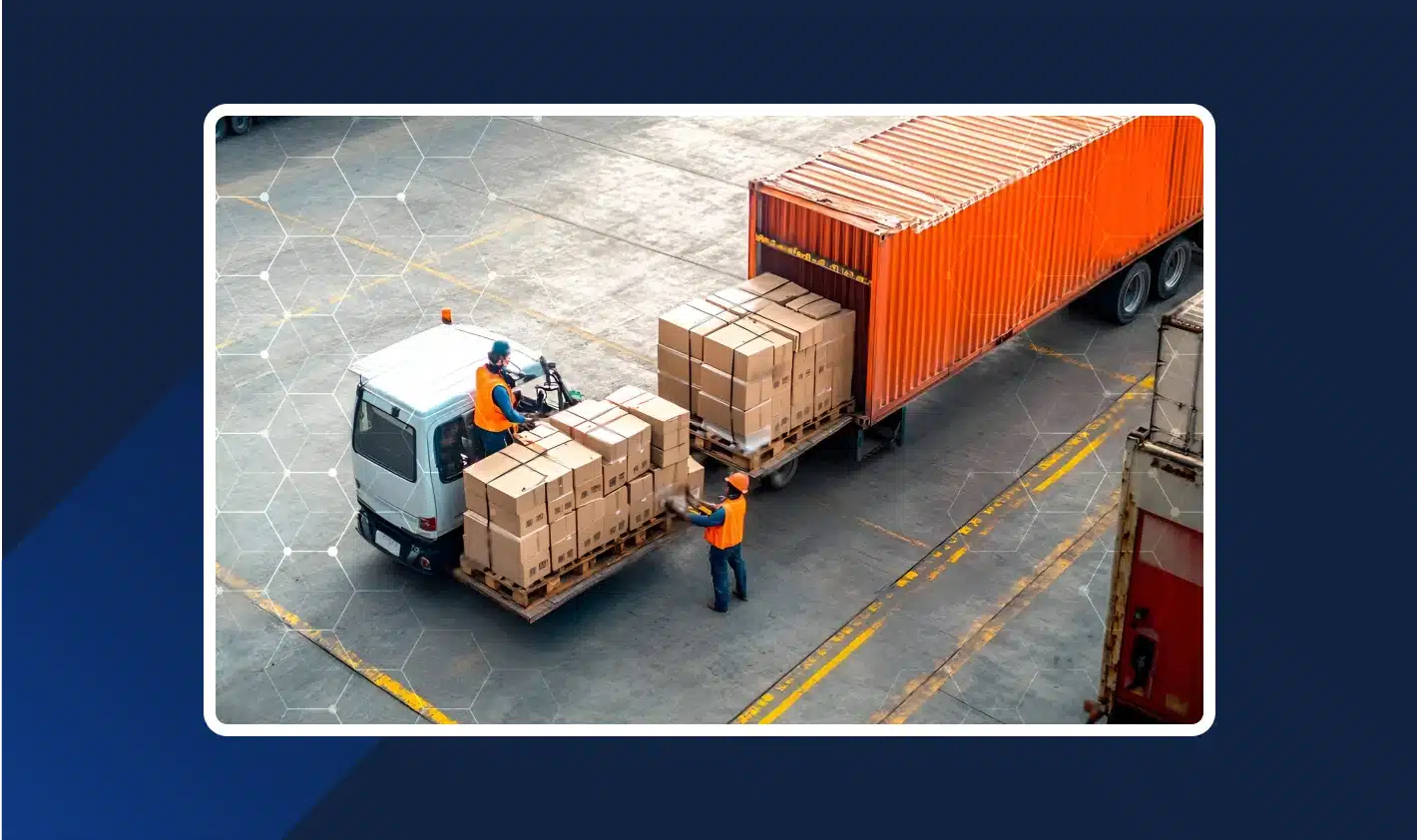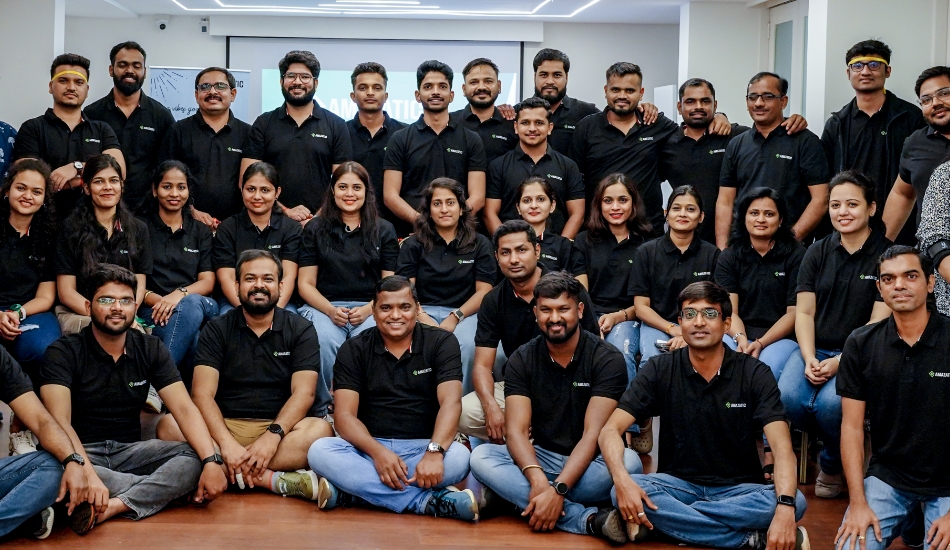
The missing piece nobody talks about
When people discuss trucking efficiency, they usually point to highways, fuel costs, or the driver shortage. What rarely comes up is the yard—the place where trailers queue, drivers wait, and bottlenecks quietly eat away at margins. And yet, this overlooked stretch of pavement has an outsized impact. Congestion, idle trucks, and poor scheduling ripple across the entire supply chain, turning what should be routine stops into expensive delays.
In 2022, congestion on U.S. highways alone cost the trucking industry $108.8 billion—equal to more than 430,000 drivers idling for a year and 6.4 billion gallons of diesel wasted. Now add yard congestion and detention fees into the picture, and the hidden cost becomes staggering.
Yard inefficiencies: where time and money disappear
Drivers in the U.S. trucking industry spend between 117 and 209 hours annually waiting in yards, with detention happening in nearly 40% of all deliveries. These delays aren’t trivial. Every wasted hour means fewer trips, reduced productivity, and higher costs for carriers.
The economics are brutal. Detention fees typically range from $50–$90 an hour, with some loads reaching $1,000 or more. In 2023, detention time consumed 135 million hours of driver productivity, cost the industry $3.6 billion in unpaid invoices, and piled on $11.5 billion in indirect losses. And that doesn’t even include fuel wasted by idling or penalties for missed delivery windows.
On average, U.S. truckers reported more than seven hours of waiting per pickup or delivery in 2024. Multiply that across thousands of facilities, and the math adds up to billions of dollars lost annually.
Why the yard gets overlooked
Why does such a critical link keep getting ignored? A few reasons stand out.
First, technology investment has leaned heavily toward Transportation Management Systems (TMS) and Warehouse Management Systems (WMS). The yard, stuck between those two worlds, has often been treated as low priority.
Second, visibility is limited. Without structured data collection, managers often underestimate how much dwell time, detention, and labor inefficiencies are costing them.
Finally, the human factor is easily missed. Long yard waits don’t just raise operating costs—they hit drivers’ wallets. Since most drivers are paid by the mile, time spent parked in a yard is unpaid. This adds stress, lowers job satisfaction, and contributes directly to the 80,000-plus driver shortage projected in 2025.
Where GenAI changes the equation
Traditional Yard Management Systems (YMS) provide value—tracking trailers, scheduling docks, automating check-ins—but they’re limited by static rules. GenAI introduces adaptability. It can interpret context, surface risks, and recommend decisions in real time.
- Instant visibility for managers. Instead of hunting through spreadsheets, a manager could ask, “Which trailers are at risk of missing their dock appointment today?” and get an answer in seconds.
- Congestion forecasting. GenAI models can predict bottlenecks hours before they happen, giving teams the chance to reschedule and reallocate before issues pile up.
- Faster driver check-ins. Drivers could interact with AI kiosks or mobile apps for paperwork and clearance, reducing gate times from minutes to seconds.
- Automated documentation. Bills of lading, compliance logs, and safety checklists could be generated instantly and accurately, freeing staff from repetitive tasks.
Instead of being reactive, yard operations become predictive and dynamic.
What this looks like in practice
Imagine a yard where technology anticipates rather than responds.
- Automated gate check-ins. Trucks can be processed with AI-driven verification, eliminating long queues and keeping freight moving.
- Predictive dock scheduling. Rather than trucks piling up at peak hours, AI redistributes appointments based on expected traffic and labor availability.
- Autonomous yard vehicles. AI-guided tractors or forklifts reposition trailers without waiting for human drivers, cutting turnaround time dramatically.
- Next best move recommendations. Instead of manual guesswork, AI suggests which trailer should be dispatched next, where labor should be reassigned, or how dock capacity should be adjusted in real time.
And GenAI adds an extra layer: scenario planning. If weather delays incoming loads, the system can instantly generate alternative dock schedules, prioritize urgent freight, and even simulate downstream impacts so managers know the trade-offs of each decision.
Why this matters now
The U.S. dock and yard management market was valued around $2.3 billion in 2024, and it’s projected to grow at 13–15% annually, reaching $7–8 billion by 2033. That growth is fueled by e-commerce pressures, labor shortages, and rising demand for faster fulfillment.
But simply spending on new software isn’t enough. Without AI-driven orchestration, companies will continue bleeding millions on detention, wasted fuel, and frustrated drivers. Smarter yards aren’t just about technology adoption—they’re about turning inefficiency into advantage.
There’s also a sustainability angle. Truck idling at facilities wastes billions of gallons of diesel annually. Reducing dwell directly cuts emissions, helping companies meet regulatory requirements and ESG commitments while improving profitability.
The human side of efficiency
Efficiency is often measured in dollars, but the human cost is real. Drivers losing hours in a yard aren’t just unproductive—they’re unpaid. Long waits add stress and fatigue, while unpredictable delays push many out of the profession entirely.
This compounds the driver shortage, which already threatens freight capacity across the U.S. If yards remain bottlenecks, recruiting new drivers will become harder, turnover will remain high, and costs will keep rising.
So reimagining yard management isn’t only about throughput or cost savings. It’s about creating conditions where drivers can actually do their jobs—and get paid fairly for it.
At Amazatic, we believe yard management is one of the most overlooked efficiency levers in U.S. trucking. GenAI offers the capability to rethink it from the ground up.
Our focus is on designing custom GenAI solutions that don’t just sit on top of existing systems but connect directly with TMS, WMS, and driver workflows. That means real-time orchestration, predictive scheduling, and natural language interactions that make yard operations more transparent and manageable.
When the yard runs smoothly, everything downstream runs better—fewer delays, lower costs, and happier drivers.
For too long, the yard has been treated as background noise in trucking. But the numbers are undeniable: billions of dollars in congestion costs, hundreds of hours lost per driver, and ripple effects across the entire supply chain.
GenAI won’t fix highway congestion or solve the driver shortage overnight. But it can give the industry back the hours and dollars being wasted inside the gates. By reducing dwell, cutting detention, and smoothing the rough edges of yard operations, GenAI turns a forgotten link into a competitive advantage.
Curious how GenAI could reshape your yard operations? Let’s start the conversation. Connect with us at www.amazatic.com

